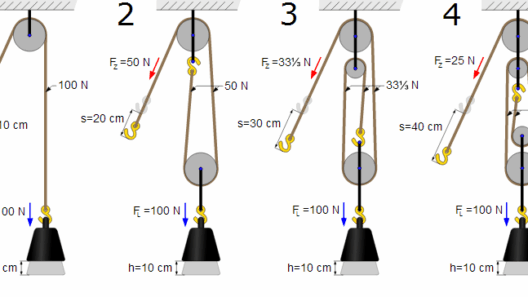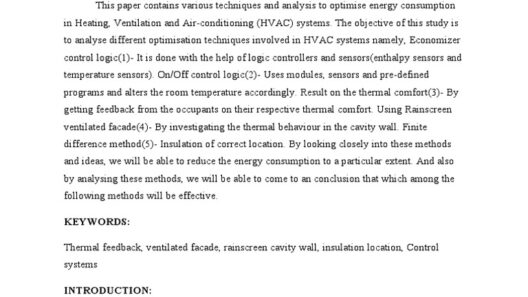In the realm of classical mechanics, the conservation of kinetic energy during collisions presents a fascinating subject, particularly with respect to the types of collisions that can occur. When two bodies collide, the outcomes can vary significantly depending on the nature of the interaction. Understanding what collisions conserve kinetic energy involves delving into two primary categories of collisions: elastic and inelastic collisions.
Elastic collisions are characterized by the remarkable property that both momentum and kinetic energy are conserved. Consider two billiard balls striking one another on a pool table: if they collide elastically, they will bounce off with no loss of kinetic energy. An important point to note is that in an ideal elastic collision, the total kinetic energy before the collision equals the total kinetic energy post-collision. This principle can be mathematically expressed through equations derived from the laws of conservation. In mathematical terms, if two objects of masses m1 and m2 have initial velocities u1 and u2, respectively, the final velocities v1 and v2 can be calculated, while ensuring that both momentum and kinetic energy remain unchanged.
Another point of interest arises when examining inelastic collisions. Unlike their elastic counterparts, inelastic collisions allow for the kinetic energy to be converted into other forms of energy, such as thermal energy or sound energy, resulting in a loss of mechanical energy. A quintessential example of this is a car crash, where the crumpling of metal absorbs a significant portion of the kinetic energy. Although momentum is still conserved in these interactions, the kinetic energy is not; some energy is dissipated in non-mechanical forms.
The concept of ‘perfect bounces’ often generates considerable intrigue. Billiards, squash balls, and even rubber balls are often referenced in relation to this phenomenon. A perfect bounce describes an idealized scenario where a ball returns to its original height after dropping—a situation contingent upon the conditions of an elastic collision. In practical terms, perfect bounces occur when the collision between the ball and surface is perfectly elastic, meaning that all kinetic energy is conserved. In reality, factors such as air resistance and internal material damping prevent true perfect bounces. This leads to a subtle nuance: while some collisions can come remarkably close to conserving kinetic energy, achieving a completely elastic scenario is challenging.
On the macroscopic scale, perfect elastic collisions are predominantly observed at the atomic and molecular levels. For instance, gas molecules colliding in an ideal gas represent a system where elastic collisions abound. Here, pressure and temperature considerations come into play; as the kinetic energy of the molecules increases, so does the temperature, reflecting an efficient energy transfer system where momentum and kinetic energy are effectively conserved.
Delving deeper, one can explore the nuances of the coefficient of restitution, which serves as a critical benchmark for assessing the elasticity of collisions. This scalar value ranges from 0 to 1; a value of 1 signifies a perfectly elastic collision, while 0 indicates a perfectly inelastic collision, where the two bodies stick together post-impact. In many practical scenarios, the coefficient lies somewhere in between, offering a continuum that captures the complexities of real-world interactions. For recreational activities such as basketball or racquet sports, this coefficient directly influences how various materials—be it skin, rubber, or wood—affect performance and energy conservation during impact.
Understanding the physics behind kinetic energy conservation also has significant implications beyond theoretical musings. The principles guiding these interactions are fundamental to various engineering applications. For vehicles, understanding collisions involving kinetic energy conservation helps in designing safer cars that optimize energy absorption during accidents, thereby protecting occupants by minimizing the force transferred in a crash scenario. Similarly, materials science exploits the principles of kinetic energy conservation to develop improved manufacturing processes and product designs that prioritize resilience and energy efficiency.
From a broader environmental standpoint, the conservation of kinetic energy can extend to optimizing energy usage within a variety of systems. This principle underlines the importance of implementing techniques in sports, automotive industries, and even renewable energy technologies to reduce wastefulness and enhance efficiency. For instance, in wind and hydroelectric power generation, systems designed to maintain the momentum of moving fluids capitalize on kinetic energy conservation to harness it effectively, reinforcing the value of such physical principles in combating energy depletion and striving for sustainability.
In conclusion, not all collisions conserve kinetic energy, but the distinction between elastic and inelastic collisions enriches our understanding of physical interactions. Perfect bounces, while often idealized, provide a framework for exploring the implications of these principles across a range of applications. Through the lens of physics, we gain insight into effective energy conservation strategies that can inform better practices in technology, engineering, and environmental stewardship. Thus, the physics behind kinetic energy and collisions is not merely an academic pursuit; it has practical repercussions that echo throughout society and the environment.








